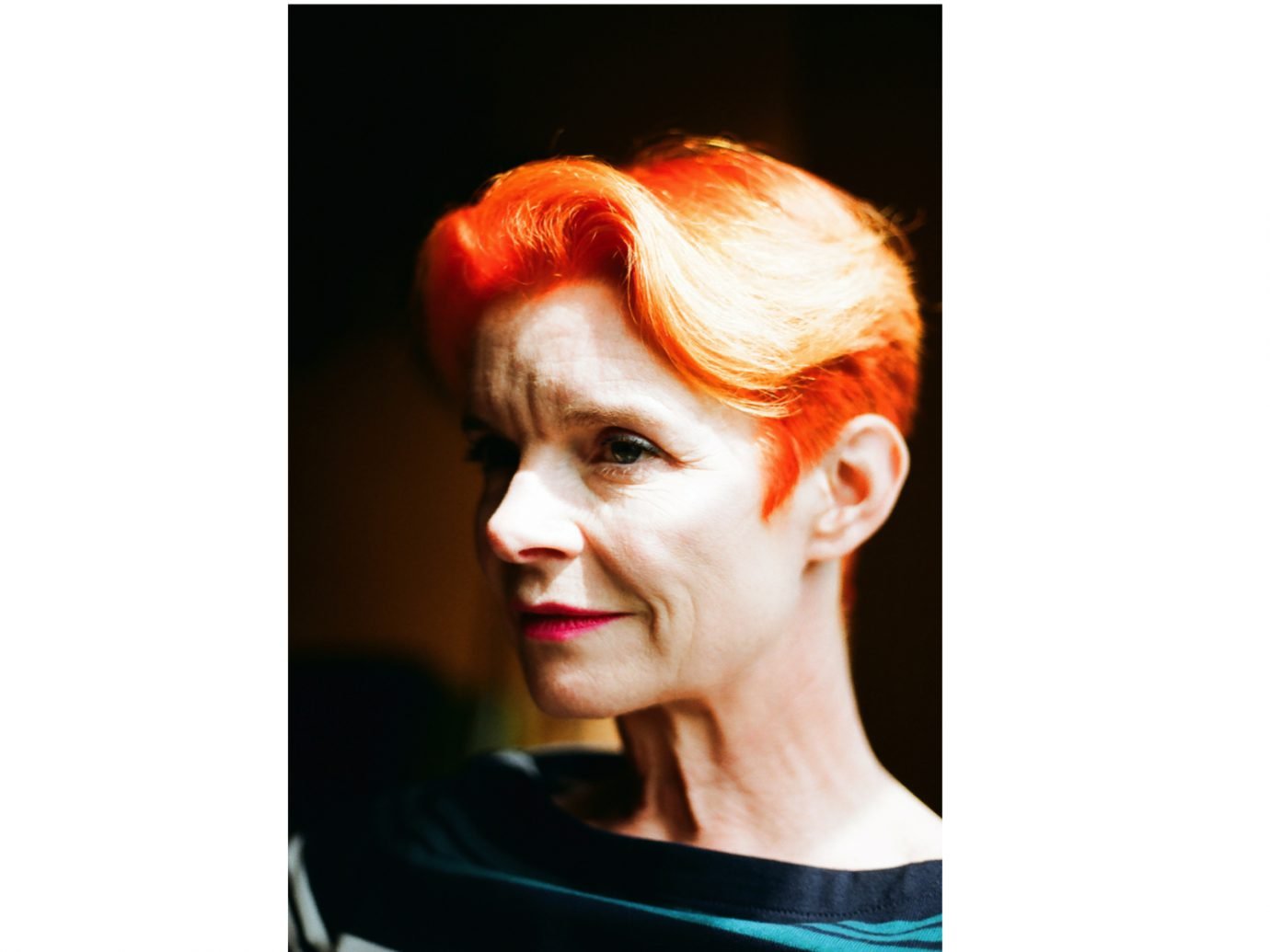“In a film you see the story through the lens of the director, they choose what is and isn’t shown to the audience. In games, you can choose where to go, what to see, what to interact with so all that freedom requires more elements to be designed and resolved.” – Adam Middleton
Considering the people of Arakis in Dune, what is the process behind characters’ costumes? How do you research – where does it start and end?
For the people of Arakis, it started with a brief from costume designers Kurt and Bart. They had put together a moodboard of imagery that they liked and wanted to use to inspire the looks of the garments. I then began by drawing a bunch of small thumbnail sketches – which can be seen on my ArtStation page – to get the creative ball rolling. Then begins the process of picking lead designs, refining ideas, shapes, and textures to make sure the costumes have a sense of believability to them.
And how does game design differ from that of blockbuster movies?
Games often require a lot more design work than films, especially the big access all area open-world versions that we are used to playing nowadays. In a film you see the story through the lens of the director, they choose what is and isn’t shown to the audience. In games, you can choose where to go, what to see, what to interact with so all that freedom requires more elements to be designed and resolved.
“If you have a strong portfolio or body of work then you should aim to catch the eye of production designers, costume designers, art directors, and directors that are looking to hire designers to help them create their worlds and visions.” -Adam Middleton
For anyone who would like to follow in your footsteps, how did your career evolve to work on such prominent productions?
I am fortunate enough to be able to work for a well-known design studio that is involved in large productions like Dune, so I owe a lot of those opportunities to them. I would say, however, if you have a strong portfolio or body of work then you should aim to catch the eye of production designers, costume designers, art directors, and directors that are looking to hire designers to help them create their worlds and visions.
Your work revolves around neo-futurism, but equally appears to touch on ancient architecture and costume. How did you settle upon this aesthetic?
I think a key feature when designing anything for the future is to look for visual touchstones in our world – both present and past. It helps make the item more believable to the audience as they feel like they know what they are looking at, even though they can’t quite put their finger on it. I think an example of this is Gaal’s Synnax costume from Foundation, where I tried to reference shapes based on traditional Inuit garments and large fisherman coats which hopefully give the costume a feeling of belonging on a water-covered planet.
“A great thing about being a concept designer is having the opportunity to design garments and costumes for non-human characters too.” – Adam Middleton
The Metaverse and digital fashion increasingly merge fantasy with reality. Would you say that this is positively progressive or not?
I think any step that combines digital and physical technologies is a positive. Ten years ago, 3D-printing a garment would have sounded like something out of a sci-fi movie, but now 3D-printing plays a huge part in the manufacturing process. A great thing about being a concept designer is having the opportunity to design garments and costumes for non-human characters too, which is something you wouldn’t be able to do if you just created clothes in our world.
“I know the Metaverse, NFT, and CryptoArt movement is often met with a lot of scepticism but I believe it has the opportunity to empower creatives to create their own visions and pursue their own projects, which in my eyes is a huge positive.” – Adam Middleton
Some people view art as being handcrafted, a physical entity. How would you define “art”?
For me, art is anything that someone has created. I admit that’s a bit of a broad answer but it’s certainly the view I hold. Inspiration can also be found from anything, and I think the wider you cast your net when researching a certain brief, the more unique the end result will end up being.
What are your creative ambitions? The digital realm is free from constraints, so which direction do you see it heading in the future?
I love what I do now, but I would love to be able to create and work on my own project. I know the Metaverse, NFT, and CryptoArt movement is often met with a lot of scepticism but I believe it has the opportunity to empower creatives to create their own visions and pursue their own projects, which in my eyes is a huge positive.














